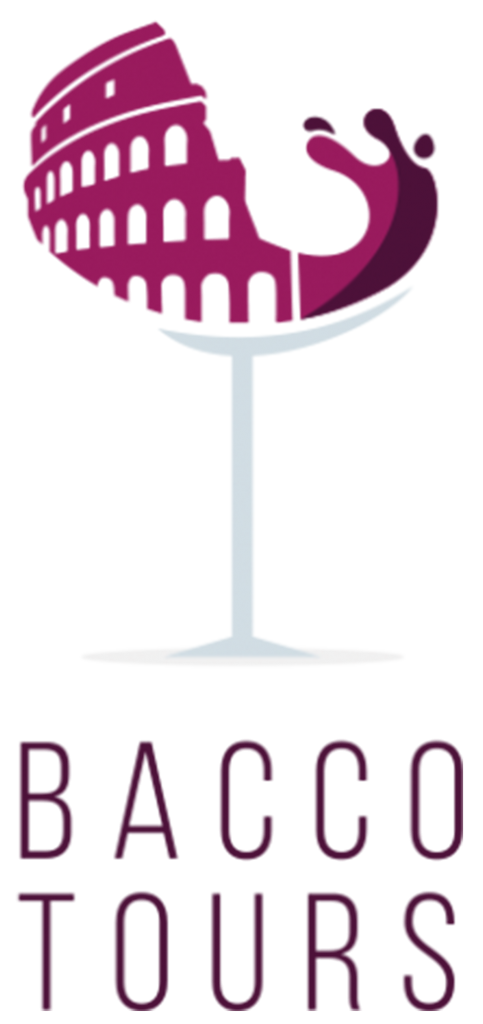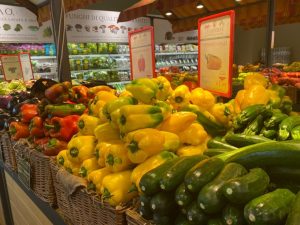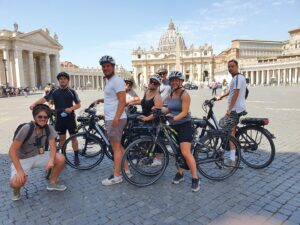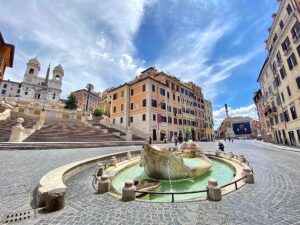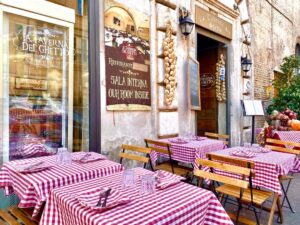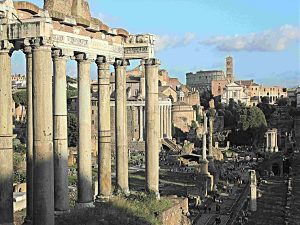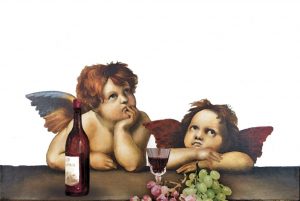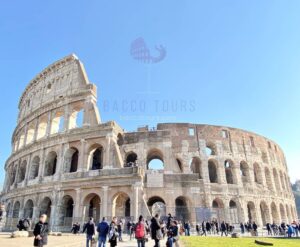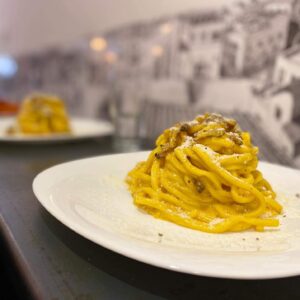
Things to do Castelli Romani Top 20
Things to do Castelli Romani
The Area called Castelli Romani, Roman castles is located on the Albano hills 20 km south of Rome. The small towns developed during the middle ages around castles built by important families who moved away from Rome. The territory of the Roman castles is of volcanic origin and can be divided into three main areas:
– the Tuscolan area developed on the ruins of a very ancient Roman city called Tuscolo
– the Appia Albana area which developed around the lake of Albano and near the ancient Via Appia
– the Lanuvian area which developed around the lake of Nemi

Things to do Castelli Romani
1- Visit the summer Residence of the pope in Castelgandolfo, which belongs officially to the Vatican The Villa is even bigger than the Vatican state itself. It is connected with the Vatican gardens by the Vatican railway and the train. The train departs every Saturday morning from the Vatican gardens and has only one stop in Castel Gandolfo. The previous popes used to spend their summer in the villa, from the villa they also used to have the Angelus, the usual Sunday pray, but pope Frencis doesn’t go there very much. The Villa was built on top of an ancient villa of the emperor Domitian and is overlooking the lake of Albano, from where you can take nice Instagrammable pictures.
2- Eat a lunch or dinner in a typical fraschetta to try traditional Roman food. The name fraschetta comes from frasche, branches of trees and bushes, which were used to show that the wine harvest was completed and wine was ready. In fact the Romans have been coming in this area for centuries especially in October when the wine is ready for the so called Ottobrata Romana. They are looking for fresh wine and stop in the places where they see these frasche. Nowadays the fraschette are very rustic places, where they sing Roman songs.
3- Try the Porchetta di Ariccia DOP. The roasted pig is mixed with many herbs and spices. You can try it with the sandwich from the many paninari, street food trucks, or with a board of cold cuts in the local fraschette.
4- Do a wine tasting in one of the many wine estates of the area. You can visit the cellars, the vineyards and speak with the owner, in fact the estates are often family-driven. The area is of volcanic origin and is very suitable for the wine production. The grapes that are produced are mostly white wine grapes rich in acidity and minerality for example the Frascati DOCG, the every-day wine for the Romans.
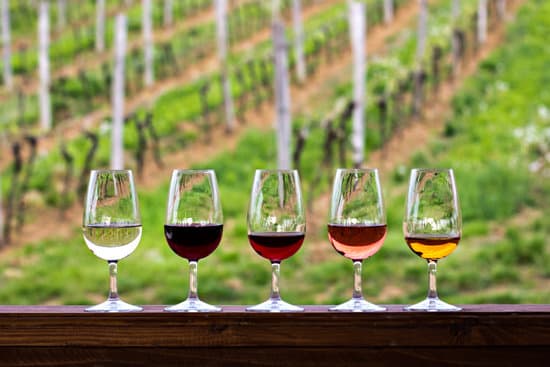
Things to do Castelli Romani
5- Wine festival of Marino. Marino is famous for its white wine and for its Grape Festival, which has been celebrated here since 1924, the oldest wine festival in Italy. In this occasion wine is flowing from the fountain of the four mours. Of archeological importance is the painted Mithraeum of Marino.
6- Ariccia is a small town part of the regional park of the castelli romani. Ariccia was completely designed by the baroque artist Bernini and we can still admire his masterpieces the Church of Santa Maria and the Chigi palace. For centuries Ariccia attracted artists and writers who came to town to find peace and inspiration for their works. Today many tourists are coming here to enjoy local specialities such as the roast pig of Ariccia DOP (in italian “porchetta di Ariccia”)
7- Lake of Nemi is a volcanic lake a little bit smaller than the nearby lake of Albano. It has the peculiar round shape. Around the lake is a large forest, identified with the holy Grove of Diana. The name Nemi in fact comes from Nemus which means holy grove. In Roman time the lake was used by the emperor Caligula for his wild parties. As a matter of fact he used to have to ships, today in the museum, on which he organized banquets, orgies and crazy parties. Nowadays the typical product of Nemi are the wild berries and of course also a wild berries festival takes place every year.
8- Lake of Albano is the biggest lake of the Castelli Romani area. It is the deepest lake in Italy. Here were organized some water sports during the Olimpic games 1960.
9- Frascati. The name of the city comes from a typical local tradition of collecting firewood (“frasche” in Italian). The famous “fraschette” are small trattorias/restaurants serving local specialities which attract many tourists and romans. The city is also famous for its white wine Frascati DOCG, and for the splendid panoramic views over Rome. There is a train going from Roma Termini to Frascati and it takes only 30 minutes. The railway was built 1856 and was the first railway built by the state of the church.
10- Albano. The tradition says Albano is the mother of Rome as it is attested by the symbol of the city. In the 2nd century AD the emperor Septimius Severus established here a large military camp which ruins are still visible. Worth a visit is also the tomb of the Oriazi and Curiazi, also linked with the mythological foundation of Rome.
11- Ville Tuscolane are 10 villas built by important families during the Renaissance time. The most important are: Villa Tuscolana o Rufinella. Built by cardinal Ruffini on a previous roman villa. The Villa has a peculiar shape of T. Villa Torlonia in Frascati by Flaminio Ponzio for Scipione Borghese, who commissioned Villa Borghese in Rome. The gardens were realized by Flaminio Ponzio and Carlo Maderno. The Villa was then bought by the Torlonia family. Now it is a public park. The house was destroyed during the war. Villa Falconieri, Frascati. Built by cardinal Ruffini on a previous roman Villa. Sold to the Falconieri and modified by Borromini. Villa Lancellotti. Built by the Oratorian monks bought by the Lancellotti family in the 19th century.Today property of Colleggio di Propaganda Fide.
12- Genzano is located above lake of Nemi. Genzano is known for its history, traditions and celebrations. In June the infiorata festival takes place. A whole street is covered by carpets of flowers during the Cristian festivity of Corpus domini. The bread from Genzano is also very famous and tasty (pane casareccio IGP).
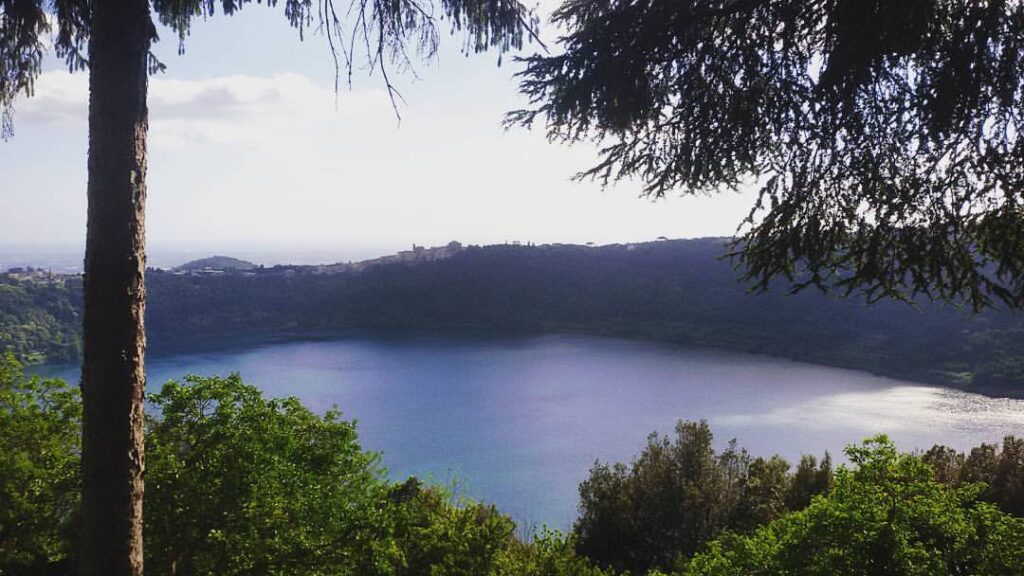
Things to do Castelli Romani
13 – Grottaferrata and the abbey of San Nilo. The village of Grottaferrata is dominated by the abbey founded by Saint Nilo from South Italy about 1000 years ago. It’s a very interesting example of a Cristian/Greek church
14- Rocca di papa is located in a panoramic position about 700 meters above sea level. The town preserves the original medieval structure and offers amazing views of the eternal city. The name comes from a pope who chose the town as his summer residence before the official summer residence of the pope became Castel Gandolfo. In autumn the chestnut festival is held.
15- The optical illusion up/down the street near Ariccia. When driving on the street going to Ariccia you might note a lot of people stopping with their cars and pushing bottles of water down the street. Surprisingly if you do so the bottle is not rolling down but rather it is going upwards. It seems all gravitational rules are not valid anymore.
16- Colonna, the smallest town of the Castelli Romani. The powerful Colonna family took the name from the village during medieval times. Their coat of arms is a column. In the first Sunday of July, the Donkeys’ Palio (Italian: Palio degli Asini) is held
17- Agriturismo experience. Overnight in an agriturismo to get close with the nature and eat local food and wine. The area is full of agriturismi where you can eat and sleep for all kind of budget.
18- Montecompatri is one of the most appreciated location on the Roman castles thanks to its fresh climate, the good wine and the gastronomic specialities. It has been identified with the Latin city of Labicum, founded 1268 BC
19- Monte Porzio Catone is part of the Tusculan area of the Castelli Romani. Villa Mondragone is near monte Porzio Catone and takes the name from the coat of arms of Gregorius XIII Boncompagni (dragon). Built by Martino Longhi il vecchio (palazzo Altemps) for Marco Sittico Altemps. Bought by Scipione Borghese and amplified by Vasanzio and Girolamo Rainaldi. The shape is of U. The portico made by Vignola is decorated with 5 eagles symbol of Borghese. Today the villa belongs to the University of Tor Vergata
20- Tusculum was a very important city during the Roman time. A street called via Tuscolana still brings the name in honor of the city to which it was leading to. In the Roman time many rich Romans used to have their suburban villas in this area. Having a Tuscolo was a kind of status, many patricians came here to read, enjoy the quiet life and escape from the busy life of Rome. Important ruins are still visible such as the ruins of the théâtre, the villa of Cicero and Lucullus.
